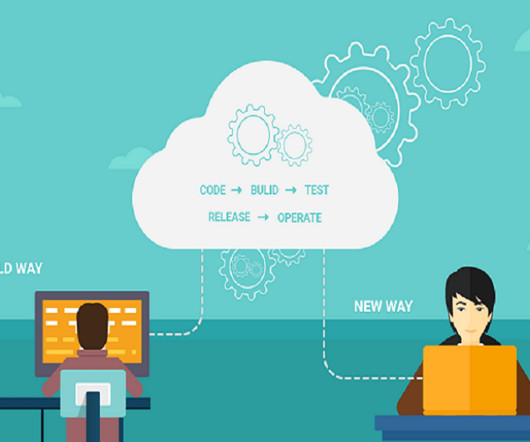Top 10 Frameworks for Developing Enterprise Applications
OTS Solutions
JUNE 9, 2023
Spring Framework Spring framework is an open-source and widely used enterprise framework for building Java applications. ASP.NET Core ASP.NET Core is an open-source and cross-application. is an open-source and cross-platform framework for building scalable and high-performance applications.


















Let's personalize your content